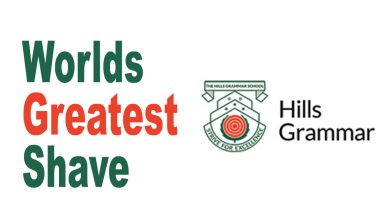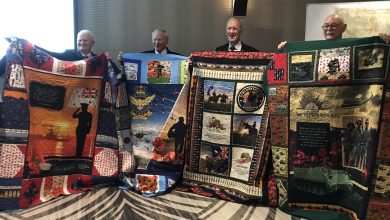December through to March is summer ‘renovation rescue’ time for sports fields. While most grounds are closed (except for cricket and some casual bookings) a major program is underway to get fields ready for the onslaught of winter sport. Winter sports generally have a very high impact on grass and significant work is needed to bring the fields back to top condition.
“Getting our fields ready for winter sport is a massive co-ordinated effort – and we need everyone’s help to make sure they are in good shape by the start of the season,” Mayor of The Hills Shire, Councillor Yvonne Keane said.
“We know teams are just itching to get on the fields and start training, but patience is needed to allow repairs to take effect.
“Oversowing is an important process that begins in March and fields need up to four weeks of rest to let the winter grass shoots grow – this is particularly when we need the high impact sports off the fields to let the grass establish.”
“There’s pressure to use the grounds all year round, but the reality is that this work must be carried out to ensure everyone’s safety.”
Mayor Keane said planning for a number of new sports fields are underway to meet the population’s growth, including artificial turf solutions for some existing fields.
“Brand new fields are being planned or built as we speak, including Arnold Avenue, Kellyville Park and Caddies Creek Reserve,” Mayor Keane said.
“As well, a number of fields at Bernie Mullane Reserve are earmarked to be replaced with artificial turf to extend playing opportunities,” she said.
Did you know?
69 fields are being renovated including the Showground – that’s around 63ha
10 tonne of grass seed is being used for oversowing covering 29 ha of sports fields
33 tonnes of pellet fertiliser and 750 litres of liquid fertiliser will kick the grass along
1,370 tonnes of top dressing sand will be spread
11,100 m2 of turf will repair high use areas
What happens in a sportsground renovation?
Deep breathing – aeration
Aeration is carried out three or four times each year. A cylindrical drum punctures the grounds putting holes all over the field so water, air and fertiliser can get down to the roots. This also allows the distribution of soil across the field.
Debugging – weed and pest treatment
Fields are treated for weed and pest infestation (pests eat the roots and kill the grass). Getting bugs out of the fields is important before the bugs eat the grass, or cockatoos come in their hundreds to eat the bugs (usually pink ground pearl bugs) and destroy the fields.
Dressed for success – top dressing
Fields must have a good coverage of turf to provide cushioning and they must also drain well to ensure play can continue as soon as possible after rain. Top dressing involves spreading sand across the fields to fill holes and keep the field surface sloping the correct way.
Sow fine – oversowing
Different grasses are used for different seasons. In winter, Rye grass is used and summer grass is generally Couch and Kykuyu. Oversowing is started at the end of February or start of March when the weather cools down and fields need three to four weeks of rest to let the shoots grow. When the summer grass dies off the winter grass is ready to go.
Patching up – turfing
At the end of any sports season some high-use areas on fields, particularly near goals and the centre of the ground, may need returfing. In these cases overused areas may need to be completely dug out and replaced with new turf as a last resort. Cricket wickets must be covered with topsoil and turf at the end of the season and requires three to four weeks to bed in. New artificial turf solutions have worked well for some wickets, and expanding this to other wickets is being considered.
Light it up – checking the globes
The break also provides an excellent opportunity to check if lights need changing.










